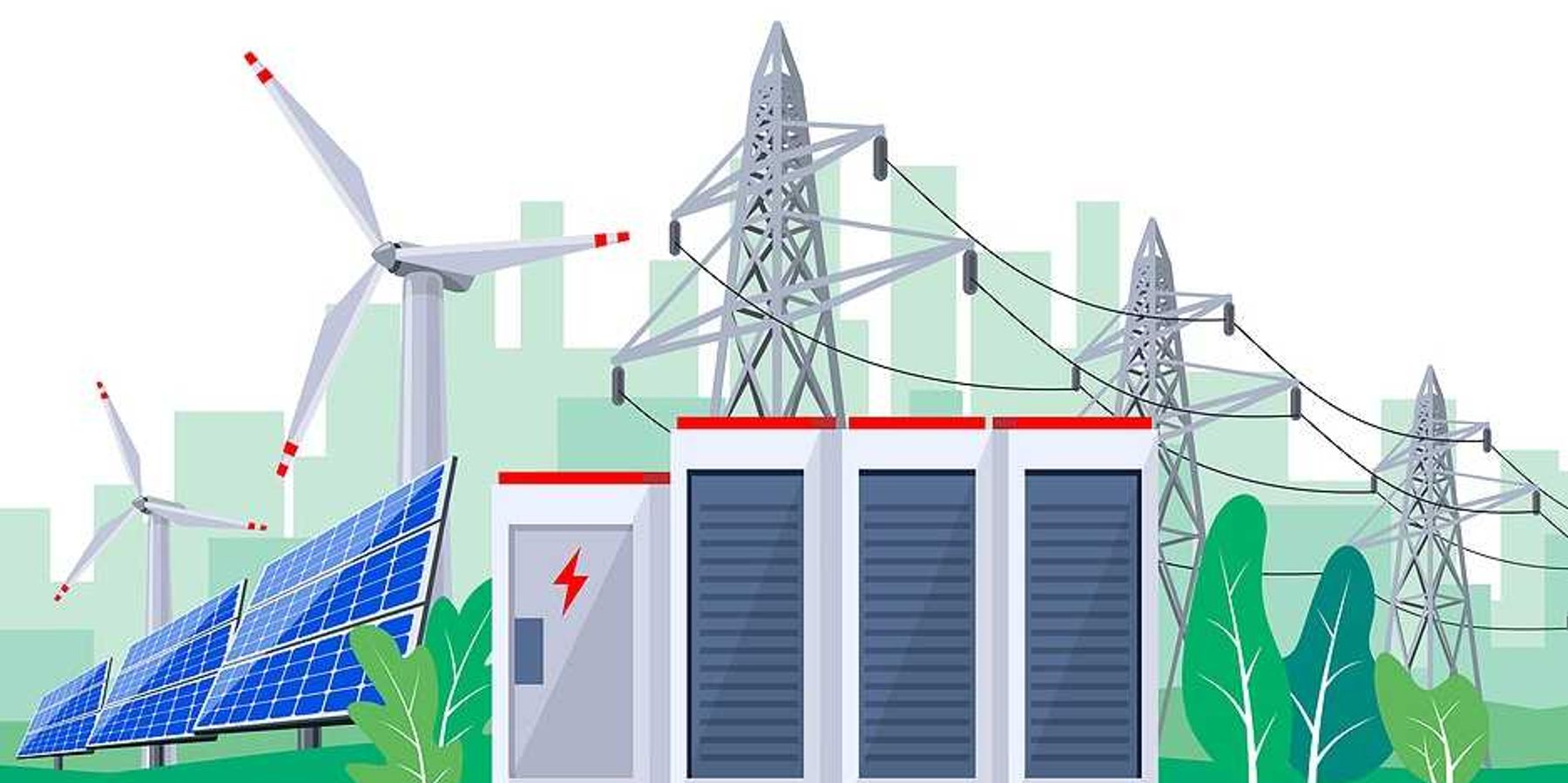great lakes
Urban heat islands in the Great Lakes are endangering public health
Heat islands created by buildings and paved surfaces are raising temperatures and health risks in cities like Toronto and Windsor.
In short:
- Urban heat islands in Great Lakes cities absorb and re-emit heat, increasing temperatures and health risks.
- Vulnerable populations, including low-income and racialized communities, are disproportionately affected.
- Long-term heat mitigation efforts exist, but short-term heat management strategies are insufficient.
Key quote:
“Without a doubt, I think every emergency department across the country during the heat spells, especially when the heat gets above 88 to 90 degrees, experiences an influx of people, especially in the heat islands.”
— Dr. Patrick McHugh, emergency room physician, Cleveland Clinic
Why this matters:
Increasing urban heat poses significant health risks, especially to vulnerable populations, exacerbating existing health inequalities. For residents, especially the elderly and those with preexisting health conditions, the effects can be severe. Elevated temperatures contribute to heat-related illnesses, increase air pollution levels, and strain energy resources as people rely more heavily on air conditioning. This creates a vicious cycle, as increased energy use further amplifies urban heat and greenhouse gas emissions.
Scientists urge Canada to address emerging water contaminants in the Great Lakes
Scientists studying unregulated contaminants are calling for coordinated action from Ontario and federal governments to protect water and health in the Great Lakes region.
In short:
- Emerging contaminants like pharmaceuticals, microplastics, and PFAS are not being removed by Ontario's outdated wastewater treatment systems.
- These contaminants pose a threat to the Great Lakes, which supply drinking water to millions and are home to diverse ecosystems.
- Other Great Lakes states, like Michigan and New York, have implemented measures to reduce these contaminants, putting Ontario behind in environmental protection.
Key quote:
“Contaminants keep changing and growing. We’ll get much more. Are we really going to wait to see humans impacted before we start addressing this?”
— Rania Hamza, civil engineering professor at Toronto Metropolitan University.
Why this matters:
The presence of unregulated contaminants in the Great Lakes poses serious risks to human health and the environment. With millions relying on the Great Lakes for water, comprehensive measures are essential to prevent long-term ecological damage and negative health impacts. Read more: Long-banned toxics are still accumulating in Great Lakes birds—as new chemical threats emerge.
America's Great Lakes beckon as a climate sanctuary
Michigan's abundant water resources and lack of extreme weather make it an attractive destination for future climate migrants.
In short:
- The Great Lakes region, once the heart of American industry, now offers a unique "capacity" for absorbing climate migrants due to its ample water supply and mild climate risks.
- Urban planner Beth Gibbons advocates for the Great Lakes to market itself as a climate refuge, suggesting that the area's natural resources could fuel economic and population growth.
- Scientific predictions suggest that as southern regions of the U.S. face economic challenges from climate change, the northern latitudes, including the Great Lakes, could experience significant economic growth.
In short:
“There’s no future in which many, many people don’t head here,”
— Beth Gibbons, climate adaptation specialist
Why this matters:
Michigan, with its diversified economy that spans agriculture, manufacturing, and technology, could leverage its relatively stable climate to attract businesses and residents looking for a refuge from more volatile environments. Investments in infrastructure and sustainable practices could further enhance its appeal, turning the state into a model of resilience in a changing world.
Long a hotbed for the urban farming movement, Detroit is seeing a surge in urban beekeeping.
Warm winter results in Great Lakes ice scarcity, affecting ecosystem
An unusually mild winter has left the Great Lakes virtually ice-free, prompting scientists to investigate the potential ecological consequences of this anomaly on regional ecosystems.
In short:
- Michigan Tech University biologists' study cut short due to insufficient ice for landing planes on Lake Superior.
- Iceless Great Lakes could lead to warmer waters, affecting fish populations, and increasing algae blooms and shoreline erosion.
- The lack of ice presents challenges and opportunities for fisheries, with varying effects on commercial operations.
Key quote:
“There’s just no way you can predict how an ecosystem is going to respond to the large-scale changes we’re looking at.”
— Trista Vick-Majors, assistant biology professor at Michigan Tech
Why this matters:
The health implications of these environmental shifts are significant, potentially altering fish populations crucial for diets and local economies. This trend is a microcosm of broader climate change issues, underlining the urgency of understanding and adapting to these evolving patterns.
Be sure to read: It's not weather – it's climate disruption.
Midwest experiences winter warmth disrupting life and economy
Unprecedented warm winter disrupts traditions and economies across the Midwest as ice vanishes from the Great Lakes.
In short:
- This year's Great Lakes ice cover is at a potential record low of around 4% compared to the historical average of 40%.
- The warm winter has caused the cancellation of major events like the Wayzata Chilly Open and altered the American Birkebeiner ski race.
- The absence of ice and snow is affecting local economies, mental health, farming moisture reserves, and Indigenous community traditions.
Key quote:
“Last year, we had record amounts of snow and this year we’re at record low snow. So it’s a pretty stark contrast. There’s barely any snow on the ground. It’s unseasonably warm.”
— Natalie Chin, climate and tourism outreach specialist at the Wisconsin Sea Grant program
Why this matters:
Climate change is altering traditional lifestyles. This situation exemplifies the broader, tangible impacts of warming temperatures on local communities and economies.
Feeling anxious about climate change? Experts say you're not alone.
Great Lakes experience drastic reduction in ice cover
Last month, the Great Lakes recorded an average ice cover of just 6%, one of the lowest levels in the past 50 years, signaling a concerning trend linked to global heating.
In short:
- The Great Lakes' ice cover has significantly decreased, with only 6% coverage last month, far below the 50-year average.
- Scientists attribute this decline to global heating, leading to rapid ice loss and warmer water temperatures.
- The reduction in ice cover has widespread environmental, cultural, and societal impacts, including changes in the ecosystem and challenges for regional tourism and industries.
Key quote:
"If the planet continues to warm, 215,000 lakes may no longer freeze every winter and almost 5,700 lakes may permanently lose ice cover by the end of the century."
—Sapna Sharma, professor at York University
Why this matters:
The diminishing ice cover in the Great Lakes is an indicator of climate change's impact on natural ecosystems. This trend not only disrupts local wildlife and fisheries but also affects cultural practices and economic activities dependent on winter conditions. It underscores the urgency of addressing global heating to preserve these vital freshwater resources.
A byproduct of yellow pigment manufacturing is showing up in Great Lakes air—and it isn't going away.









